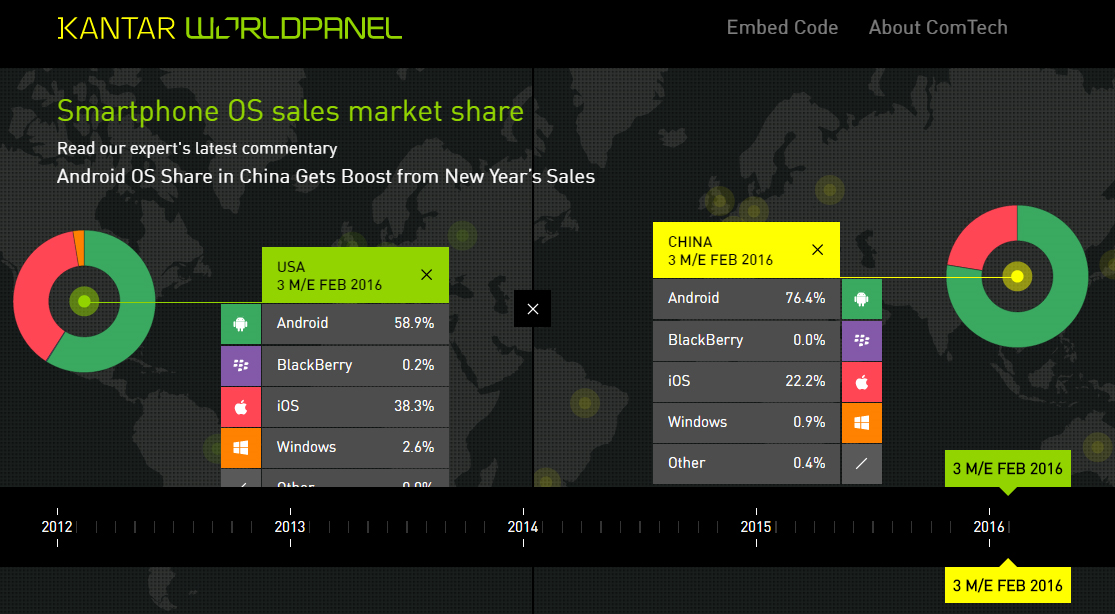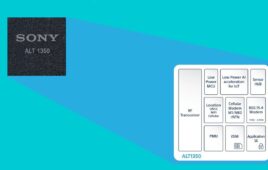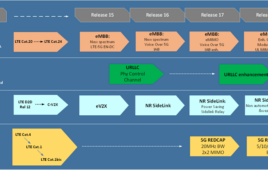
Credit: Kantar Worldpanel ComTech
For the first time since 2014 iOS market share in China did not grow during the three months ending in February 2016, leaving room for Android devices to take back some ground.
According to new data released by Kantar Worldpanel, Android managed to increase its market share by 3.4 percentage points year over year to 76.4 percent in China. Nearly all of those gains came at the expense of Apple’s iOS market share in the country, which slipped from 25.4 percent in February 2015 to 22.2 percent in February 2016.
“Android showed solid growth in urban China during the three months ending February 2016, due to strong sales during the period around Chinese New Year (February 8),” Kantar Worldpanel ComTech mobile analyst Lauren Guenveur. “This is always a busy promotional season, and Android brands were able to take advantage. Up-and-coming local brands Meizu and Oppo both showed strong year-on-year growth, each capturing about 6 percent of smartphone sales.”
Among Android brands, Chinese manufacturer Huawei proved to be dominant in its home country, accounting for 24.4 percent of smartphones sold in urban China. The company edged out Apple sales, which amounted to 22.2 percent of smartphones sold.
Android also gained ground on iOS in Europe’s big five markets, which include Great Britain, Germany, France, Italy and Spain.
Android’s biggest year-over-year gains in Europe came in France and Italy, thanks in part to steep decreases in the market share for Windows devices.
In Italy, Android gained 12.1 percent to hit a total market share of 78.4 percent, while iOS dipped 3.2 percent to 14.3 percent of the market share and Windows plummeted 7.7 percent to just 6.7 percent of the market share.
In France, Android picked up 9.1 percent to reach a 71.8 percent market share, thanks to a 1.7 percent decrease in iOS market share to 19.9 percent and Microsoft plunged 6.8 percent to just 7.4 percent of the market share.
Android also continued to hold off Apple as holder of the dominant market share position with 58.9 percent to iOS’s 38.2 percent.
These figures, however, could undergo a big shift in the coming months thanks to the introduction of Apple’s new iPhone SE. Why? Well, it’s all about price.
“In the US, the average spend on purchasing a smartphone in the three months ending February was $352,” Guenveur said. “For Android buyers that meant that roughly 69 percent of consumers reported spend under $350, while for iOS buyers, that share was 39 percent. This represents a unique opportunity for the newly launched iPhone SE, which, at a $399 price point, will likely appeal to more cost-conscious first-time smartphone buyers who might otherwise be more inclined to pick up an Android smartphone, and to the sizable installed base of iPhone owners who have not yet upgraded.”
In addition to capturing the eye of cost – and size – conscious consumers in the United States, Guenveur said there are significant numbers of potential buyers in China and elsewhere who may find that they are finally able to take their first step into the Apple ecosystem with the lower priced iPhone SE.




